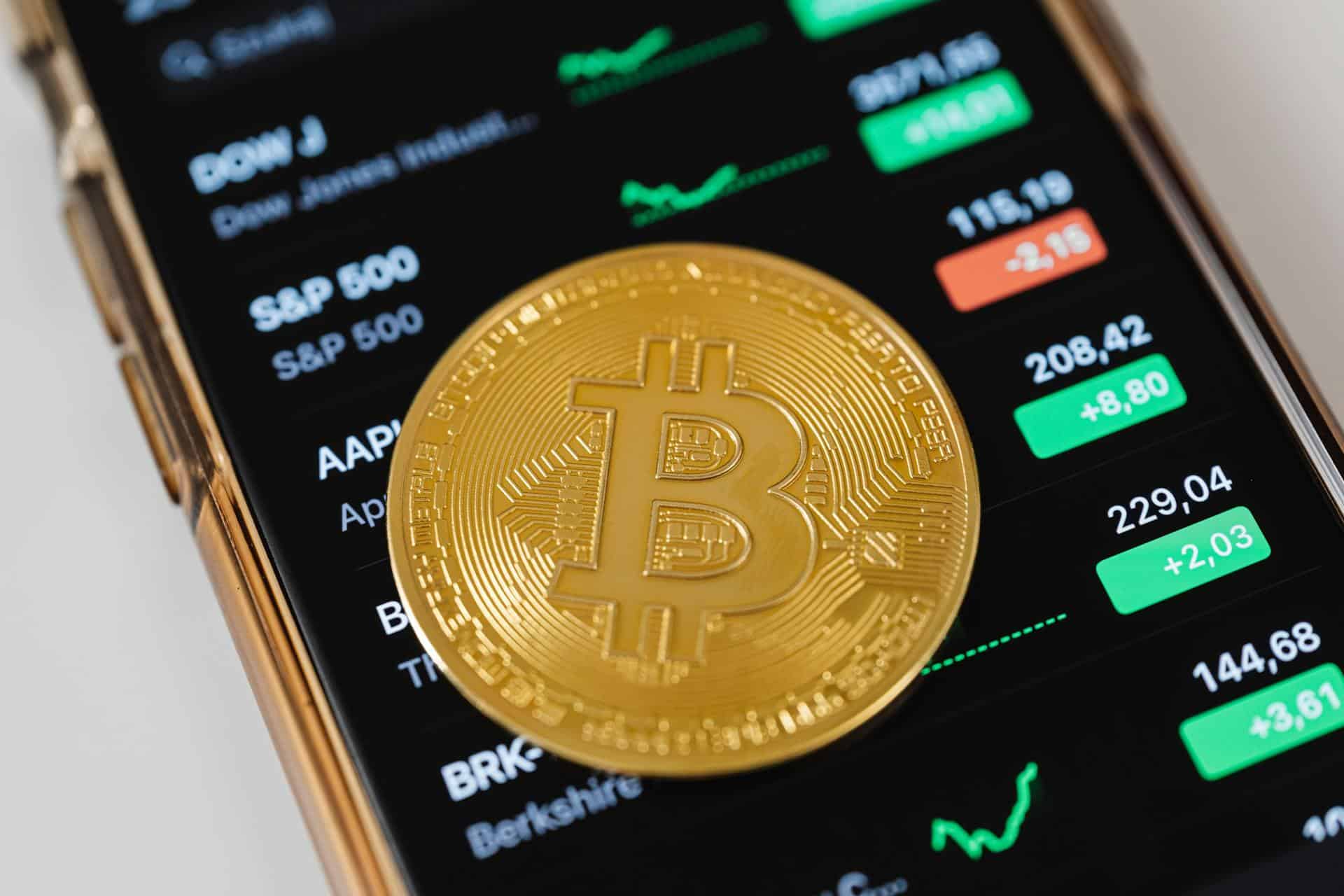The future of Bitcoin is a topic of heated debate among economists, technologists, and futurists. Some envision it as the future of digital currency, paving the way for a world where financial transactions are secure, fast, and decentralized. Others criticize it for its volatility and regard it as a speculative bubble that may burst at any time. Yet, amidst the contrasting viewpoints, one underlying theme that emerges is the potential of Bitcoin to disrupt traditional financial systems and usher in a new era of financial technology.
Historical data patterns in Bitcoin pricing provide a treasure trove of insights for the predictive analysis. For instance, Bitcoin’s price has exhibited a cyclical pattern, with periods of rapid rise followed by protracted downturns. This behavior is often attributed to the halving events, roughly occurring every four years, when the reward for mining new blocks is halved. Following each halving, there has been a significant bull run, leading to new all-time highs in Bitcoin’s price. You can also explore quantum ai elon musk for further information.
However, it’s essential to note that while past patterns can provide insights, they do not necessarily guarantee future performance. Factors such as global economic conditions, regulatory changes, technological advancements, and market sentiment play a crucial role in shaping Bitcoin’s future. As such, the tomorrow of Bitcoin remains an exciting, if uncertain, prospect.
Will Bitcoin’s price be influenced by changes in interoperability with other blockchains?
Interoperability between blockchains is a rapidly developing area in the realm of blockchain technology. It entails the ability of different blockchain systems to communicate and interact with one another, breaking down the barriers of isolated blockchain ecosystems. A high level of interoperability could essentially allow Bitcoin users to perform secure and efficient cross-blockchain transactions, which could potentially influence Bitcoin’s price.
On one hand, improved interoperability may lead to increased adoption of Bitcoin, thereby driving up its price. For instance, if a Bitcoin holder can easily use their Bitcoin on an Ethereum-based decentralized finance (DeFi) platform due to interoperability, it may enhance the usefulness and demand for Bitcoin. Increased demand, according to basic economic principles, often results in a rise in price.
Conversely, it’s also possible that the enhanced interoperability could lead to increased competition between Bitcoin and other cryptocurrencies, potentially putting downward pressure on Bitcoin’s price. For instance, if other, more efficient or cheaper cryptocurrencies become easy to use due to interoperability, users might prefer to use them instead of Bitcoin. The future of Bitcoin, therefore, remains uncertain and continues to be a subject of intense study and speculation.
How do changes in tokenization impact Bitcoin’s ecosystem and prices?
Tokenization, the process of converting rights to an asset into a digital token on a blockchain, presents another interesting facet of Bitcoin’s future. As more assets become tokenized on the Bitcoin blockchain, we could see an increase in the utility and, consequently, the demand and price of Bitcoin. For instance, tokenizing real-world assets such as real estate or commodities could provide Bitcoin with more use cases, making it more valuable to its users.
However, it’s not without potential drawbacks. The tokenization process would require more transactions on the Bitcoin blockchain, which could lead to network congestion and higher transaction fees. This could deter users from Bitcoin, especially if more efficient alternatives are available, potentially putting downward pressure on its price.
In conclusion, the impact of changes in tokenization on Bitcoin’s ecosystem and prices is a complex issue. It involves a delicate balance between increased utility and potential network issues. As with most aspects of Bitcoin’s future, it is subject to a multitude of factors and remains an area of ongoing research and speculation.
Final words
Bitcoin’s future is an amalgamation of intricate factors, interwoven with technological advancements and global economic trends. It continues to be a dynamic digital asset, battling uncertainties and holding the potential to redefine the financial landscape. Its relationship with tokenization and interoperability is just a fragment of the complexity that defines its future trajectory.

As we move forward, it will be fascinating to see how Bitcoin evolves and navigates these complexities. Will it become the global digital currency as some predict, or will it be overshadowed by more efficient blockchain technologies? Will greater interoperability and tokenization increase its demand, or will they introduce challenges that impede its growth? These are questions that only time will answer.
In the end, despite the uncertainties and debates surrounding its future, one thing is clear: Bitcoin, as the pioneer of cryptocurrencies, has already made a significant impact. It has sparked a global discourse on the future of money and paved the way for the exploration of blockchain technology’s potential. The discourse around Bitcoin’s future is not just about Bitcoin itself, but it’s also about what it represents – a desire for a more transparent, secure, and decentralized financial system.
















